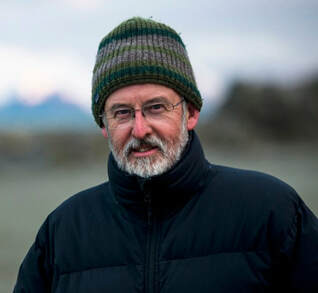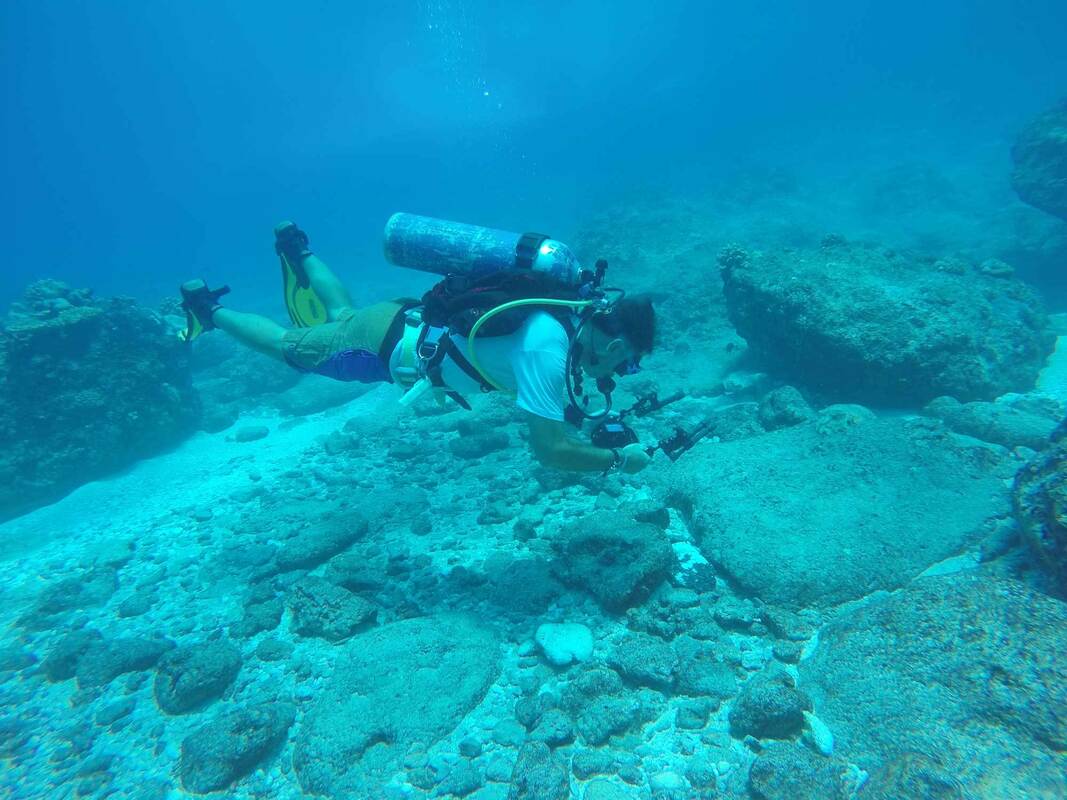2019 Event Overview |
|
- CAS Seminar Series
Scroll down for more information - Oz Pac, Archaeology in the Pub Held on the last Thursday of the month, this is a chance for all who are interested or involved with archaeology to get together and 'Talk Shop'. These usually start with an informal talk about research or experiences in Archaeology, followed by discussions. Scroll down to see more information |
Canberra and Region Heritage Festival
(13 April - 5 May 2019): - CAS Symposium- 4th May: Contemporary Archaeology: How archaeology is practiced today National Archaeology Week (19 - 25 May) - NAW 2019 Lecture - 21st May: The Ancient Capital of Cyprus - CAS Lecture - 22nd May: Conservation 101, presented by Victoria Pearce - Walking Tour - 25th May: Old Land's End Homestead The Mulvaney Archaeological Games (11 October) |
More events to be uploaded throughout the year after they are finalised
CAS Seminars 2019
|
The CAS seminar Series is held throughout the year with the aim of promoting the research of professionals working in the region, or research about the region. A wide variety of seminars have been held over the years, presented by local aboriginal elders, consultants, independent researchers, and academics.
Recordings of some of the seminars are provided by the NMA through their Audio on demand feature HERE. You can find Dr Josephine Flood talking on the cultural riches of ancient south-east Australia, Ngunawal elder Wally Bell providing an aboriginal perspective on archaeology, Dr. Amy Way describing the archaeology of Lake George, Dr. Dougald O'Reilly sharing insights from the Plain of Jars in Laos and more! The following is the list of seminars held throughout 2019: The next upcoming seminar will be highlighted in blue |
|
Wednesday, 20 February
Visions Theatre, NMA from 6pm Prof. Matthew Spriggs - Australian National University and the Vanuatu Cultural Centre 'Archaeology, Ancient DNA and the origins of Pacific peoples: has the elusive synthesis now arrived?' Read up on Dr Matthew Springs HERE
|
The Ancient DNA (aDNA) 'revolution' has already steamrollered over much of what we thought we knew about the ancient history of Europe and other parts of the globe. The first successful techniques to extract full-genome coverage aDNA from tropical samples anywhere in the world were developed on Pacific samples excavated by teams associated with and very largely led by ANU scholars. Further results have come in since the heady days of 2016 when the first such paper was published, and now present the possibility of finally cracking the question that goes back to Captain Cook and indeed beyond to the first Spanish explorers of the Pacific: where did Pacific Islanders originate from? But as with all revolutions, there is 'blood in the streets' with this one too, and significant questions, not least ethical ones, remain as to how liberating this particular one is turning out to be.
|
|
Wednesday, 20 March
Visions Theatre, NMA from 6pm Dr. Michael Pearson - Independent researcher, Canberra ‘Industrial archaeology in Japan – the archaeology, history and cultural meaning of Japan’s industrial revolution, 1850-1910 ’ Read up on Dr. Michael Pearson here!
|
Between the 1850s and 1910 Japan transformed itself from a craft-based feudal society that had been isolated for 200 years, into a modern democracy that was one of the world’s leading industrialised nations. This was the first successful transfer of the industrial revolution from the West to a non-Western nation, and was accomplished by Japan without colonisation and as an act of autonomous regeneration. Starting with the copying of iron-making furnaces from Dutch text books, then the importing of equipment and engineers from the West, and finally the local adaptation of western technology to meet Japanese social and economic conditions, Japanese industrialisation gradually developed. The author has been working for ten years with a team of Japanese and international specialists to develop a World Heritage nomination called Sites of Japan’s Meiji Industrial Revolution, then to help manage the industrial sites after listing. The presentation outlines this history and the sites presenting major developments in iron and steel making, coal mining and shipbuilding that underpinned Japan’s industrialisation. Along the way the process of nomination has stimulated major domestic and international political challenges, and a radical shift in how Japan views its own cultural heritage.
|
|
Wednesday, 24 April
Visions Theatre, NMA from 6pm Dr Susan McIntyre-Tamwoy - Adjunct Professor, James Cook University, Associate Director Navin Officer Heritage Consultants. 'Beyond buildings and sites - Intangible Cultural Heritage - what it would mean for the communities that you work with if Australia was to ratify the 2003 UNESCO Convention. |
Australia is one of the few countries that have not ratified the UNESCO 2003 Convention for the Safeguarding of the Intangible Cultural Heritage. Significantly, it is the large western nations: Australia, Canada, USA, New Zealand and the UK, who share a similar colonial past that have so far declined to ratify the convention. 178 other countries have ratified the convention, including many of our Asia Pacific regional neighbours. Local communities in many of these countries are finding that the increased profile and recognition of their intangible cultural heritage has not only enhanced the sustainability of cultural traditions but has also enabled the development of community and family micro enterprises, thereby making significant changes to their economic status. In this presentation, I explore what it might mean to Australian communities particularly regional and remote communities if Australia was to step up and ratify the Convention.
|
Saturday 5 - Sunday 6 May
ACT Heritage Festival
'Contemporary Archaeology: How archaeology is practices today'
ACT Heritage Festival
'Contemporary Archaeology: How archaeology is practices today'
|
Wednesday 18 September - from 6pm
Theatrette 2.02, Sir Roland Wilson Bld, ANU Andy Viduka - PhD candidate at the School of Humanities, University of New England 'Engaging the public in archaeology from Canberra - GIRT scientific divers - a citizen science approach' Read up on the GIRT scientific divers here |
|
CANCELLED
Wednesday 23 October - from 6pm Theatrette 2.02, Sir Roland Wilson Bld, ANU Dr Bec Parkes, Adrian Cressey and Joel Mason - Principal Archaeologists/Director Lantern Heritage, Navin Officer Heritage Consultants 'Lost in history: archaeology of the Old Googong School House' Read more about the Googong excavation here |
|
Wednesday 20 November - from 6pm
Theatrette 1.02, Sir Roland Wilson Bld, ANU Prof Claire Smith Professor of Archaeology, Finders University; Department Member, Department of Archaeology, Flinders University "Culture and Conflict: Cultural Aspects of Radicalisation, Extremism, and Cultural Heritage Destruction" |
Oz Pac, Archaeology in the Pub
|
Last Thursday of the Month, 6pm, Snug Room, King O'Malleys
This is a chance for all who are interested or involved with archaeology to get together and 'Talk Shop'. These usually start with an informal talk about research or experiences in Archaeology, then followed by discussions and general chatting. These are open for all to attend, whether you are a budding archaeologist, a seasoned academic, consultant, APS, or even an enthusiast! We promise we don't bite! |
This Month's Discussion:The next Oz Pac is being held of the 30th of May!
Discussion topic: TBC |
Past Discussions:Thursday, 28 February
Richard Morrison - ASHA Exhumation of Hohepa te Umuroa, Maria Island, Tasmania, 1988. Richard Morrison studied archaeology at Sydney University and ANU. Worked as an historical archaeologist on the Port Arthur Conservation and Development Project 1981-86, as a consultant in Tasmania, then in Canberra in heritage for the Commonwealth 1989-2013 |
As a contract historical archaeologist, I was employed to exhume Hohepa te Umuroa who haddied a convict a political prisoner in 1847 and was buried in the 'free cemetery' on Maria Island. He had been transported after a Martial Law conviction in New Zealand for 'rebelling against the British'. Over 140 years later the NZ Justice Department decided to repatriate him 'to right an ancient wrong' the original conviction was held later to be illegal and gain some greater credibility with the Maori community at a time when the Department was not highly regarded. The project was short only two weeks were allowed with one week for research and one week for excavation and at a time prior to the use of DNA for identification. The exhumation was to be undertaken in the presence of the elders of his tribe and descendants. It was see more as a social and political exercise rather than a scientific archaeological endeavour. I was engaged as a condition of the Tasmanian NPWS permission for the exhumation which was to take place within a NPWS Historic Site.
|






